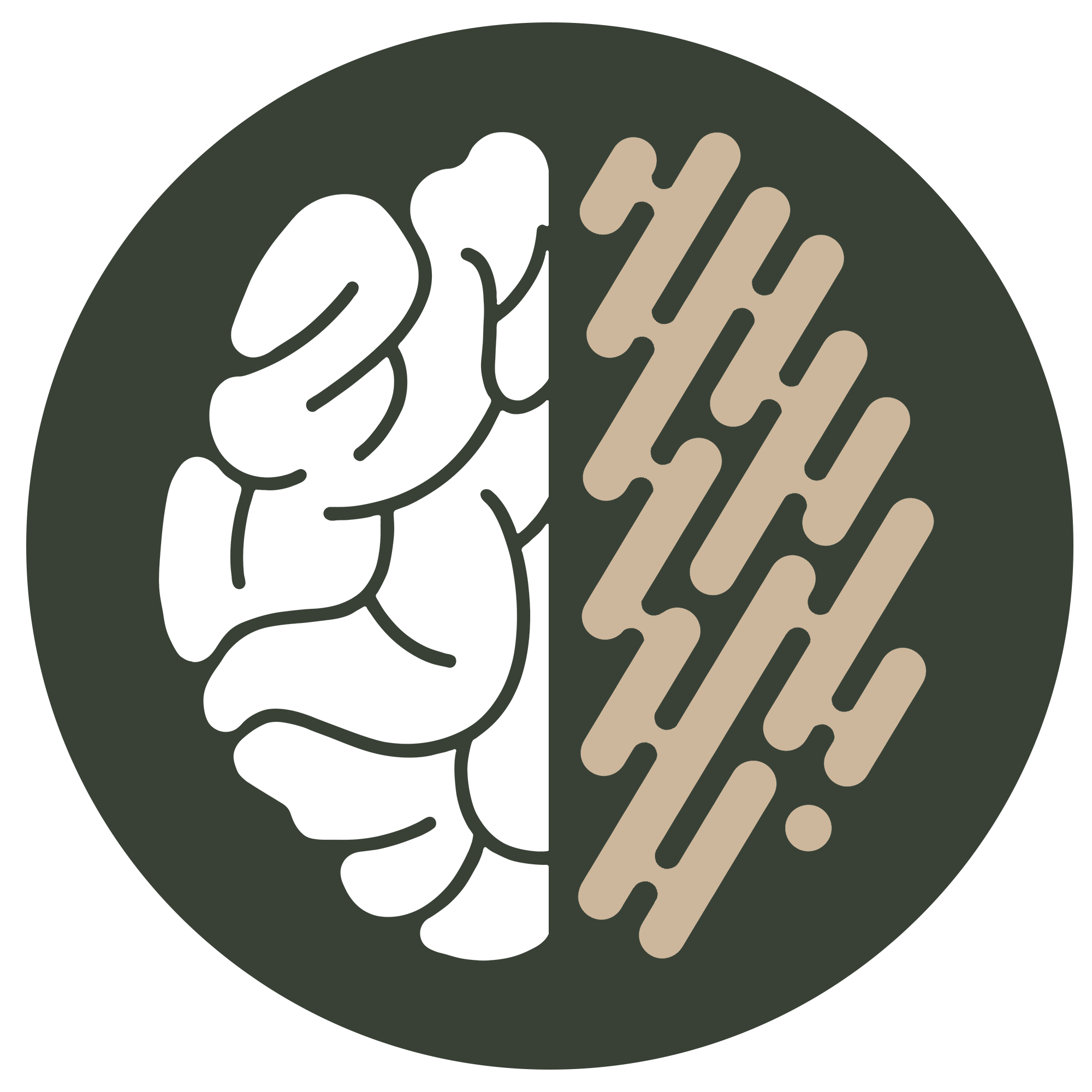Raising Awareness Around ADHD in Women
It’s crucial to shine a light on how ADHD manifests differently in women. Traditionally associated with hyperactivity and impulsivity in children, particularly boys, ADHD in women often takes on a more subtle and internal form. These differences can lead to women being misdiagnosed or receiving their diagnosis much later in life. A deeper understanding of these gendered distinctions can help professionals create environments where all employees can thrive. Especially for women who may have faced barriers due to undiagnosed ADHD.
Why ADHD in Women Often Goes Unrecognised

ADHD in women tends to present less visibly than in men. While hyperactivity and externalised behaviours might be noticeable in boys, girls and women often exhibit more internal symptoms. These can present as inattentiveness, disorganisation or daydreaming. These symptoms can be easily overlooked or misinterpreted as simple forgetfulness or lack of focus.
Research highlights that women with ADHD often struggle with internalised symptoms like feeling overwhelmed, anxiety, and self-doubt. These are compounded by the societal pressures placed on women to manage various roles both at work and at home. In many cases, women are conditioned to “mask” their symptoms. This can result in overcompensating to appear as though they’re coping, which can lead to exhaustion and burnout. This masking often delays a diagnosis, leaving many women to discover their ADHD later in life.
The Impact of Late Diagnosis
For women diagnosed later in life, it’s often a double-edged sword. On the one hand, the diagnosis provides validation, a clear reason for why they may have struggled with time management, attention, or organisation. On the other hand, the realisation of years spent without support or understanding can be deeply frustrating and emotionally taxing. If you’re struggling with a late diagnosis, you might find this article useful.
Studies show that women diagnosed later often grapple with higher rates of mental health challenges such as anxiety, depression, and low self-esteem. Without early diagnosis, these women may not have had the tools to manage their ADHD. This can lead to a more difficult career path, heightened stress, and feelings of inadequacy. Which can result in further challenges in the workplace, particularly around task management, meeting deadlines, and maintaining focus. These difficulties, when unaddressed, may affect performance reviews or professional development, despite the individual’s best efforts.
How Hormones Influence ADHD in Women

One of the key challenges in diagnosing and supporting women with ADHD is the influence of hormonal fluctuations. ADHD symptoms in women often worsen during periods of hormonal change, such as puberty, pregnancy, and menopause. Oestrogen levels, in particular, can affect cognitive functioning, exacerbating ADHD symptoms like difficulty concentrating or increased emotional sensitivity.
Research published in BMC Psychiatry has shown that many women seek ADHD diagnosis later in life, particularly around menopause when symptoms become more pronounced. Understanding the link between ADHD and hormonal changes is vital in offering the right support, both in personal and professional contexts.
Creating a More Inclusive and Supportive Environment
While ADHD awareness has grown, it remains a condition that is often misunderstood, especially when it comes to how it impacts women. For organisations, creating an inclusive work environment that recognises the unique challenges faced by employees with ADHD is essential. By raising awareness of how ADHD presents differently in women, professionals can take proactive steps to support their workforce better. It’s important to be attuned to the signs of ADHD that may not align with traditional expectations, particularly in high-performing female employees who may be struggling in silence. Offering flexibility, open communication, and the right tools can make a significant difference in helping them excel.
For women with ADHD, it’s important to recognise that a diagnosis, no matter when it comes, is the first step towards understanding your strengths and challenges. Whether you’ve recently been diagnosed or have lived with ADHD for some time, knowing how it affects you is key to managing it effectively, both in your personal and professional life.
Moving Forward with Awareness and Action
As we continue to learn more about ADHD in women, fostering an environment that embraces neurodiversity can enhance the wellbeing, productivity, and innovation within teams. Understanding the gender-specific nuances of ADHD allows professionals to better support their colleagues and create workplaces that value each individual’s contributions.
Despite increasing research on ADHD in women, it remains a relatively new area of focus. Women and girls of all ages continue to face the challenges of misdiagnosis and being overlooked. This is largely due to a lack of understanding and awareness of how ADHD presents differently in females. This presents a vital opportunity to break the stigma and shift the narrative around ADHD. It’s not just about the “naughty” hyperactive boys or the loud, outspoken men. It’s also about the quiet, withdrawn girls and the women who may seem distant or distracted, yet are silently struggling. By broadening our perspective, we can start recognising the diverse ways ADHD manifests and provide the support these individuals deserve.
At NeuroBridge, we are committed to supporting organisations in building neurodiverse workplaces that work for everyone. By recognising the varied ways ADHD can manifest, particularly in women, we can create more inclusive spaces where individuals are empowered to reach their full potential. If you want to learn more about how to create a supportive workplace for neurodivergent employees, get in touch.
References
Morgan, J. (2023). Exploring women’s experiences of diagnosis of ADHD in adulthood: a qualitative study. Advances in Mental Health, 1–15. https://doi.org/10.1080/18387357.2023.2268756
Young, S., Adamo, N., Ásgeirsdóttir, B. B., Branney, P., Beckett, M., Colley, W., Cubbin, S., Deeley, Q., Farrag, E., Gudjonsson, G., Hill, P., Hollingdale, J., Kilic, O., Lloyd, T., Mason, P., Paliokosta, E., Perecherla, S., Sedgwick, J., Skirrow, C., Tierney, K., van Rensburg, K., & Woodhouse, E. (2020). Females with ADHD: An expert consensus statement taking a lifespan approach providing guidance for the identification and treatment of attention-deficit/hyperactivity disorder in girls and women. BMC Psychiatry, 20(1), 404. https://doi.org/10.1186/s12888-020-02707-9






